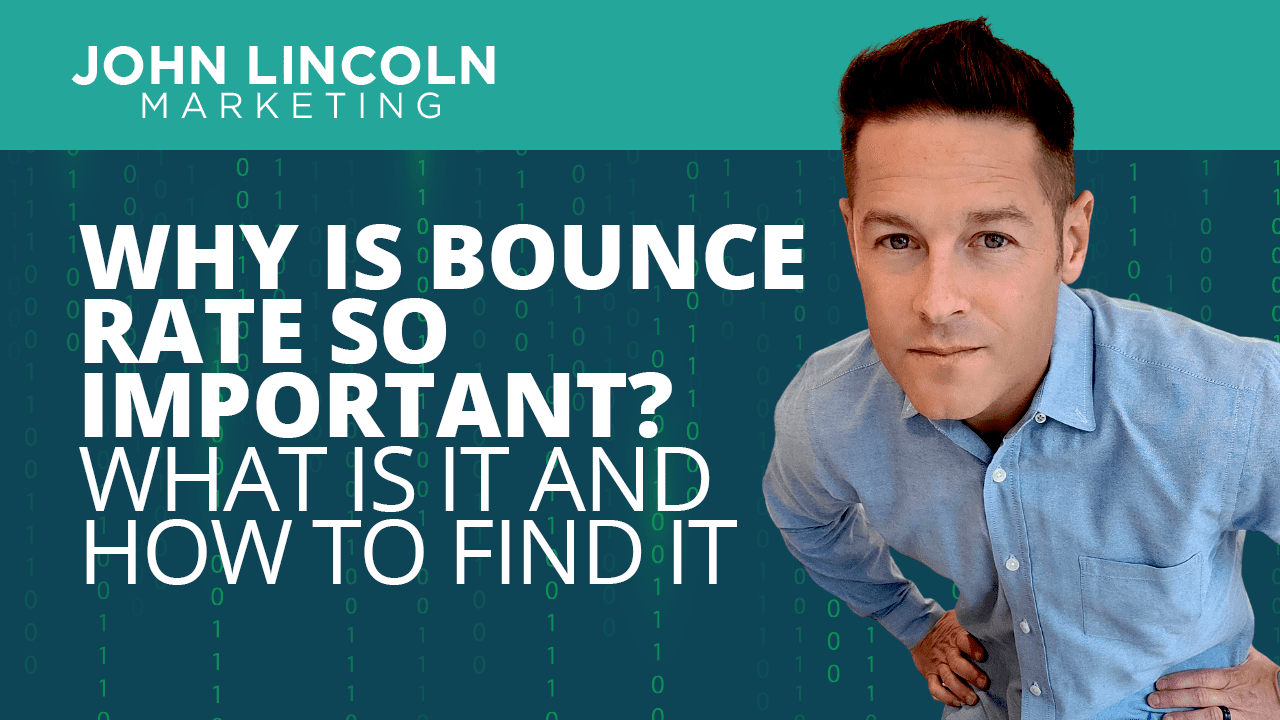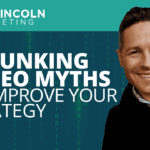
Top 16 Questions to Ask a PPC Company in 2024
In 2024, choosing the right PPC company is not just about spending your advertising budget. You want to make every cent count towards your business

Is that what you want? Hopefully not.
But when that happens, it’s called a “bounce.”
And it’s usually a bad thing.
The percentage of visitors who bounce away from your site right after landing on a single page is called a bounce rate. It’s a number you want to keep as low as possible.
In this guide, I’ll explain the bounce rate in a little more detail. I’ll also tell you how you can reduce it.
So, What is Bounce Rate?
First, some additional info about the bounce rate metric.
Let’s say somebody goes to Google and searches for “glass earrings.”
Now, as it just so happens, you run an ecommerce site that sells glass earrings. So that’s good news.
The even better news is you managed to contract with an SEO company that made sure your website is the #1 organic spot in the search results when people search for “glass earrings.”
So the person who did that search clicks on that #1 link and visits your site. That same person looks at your category page containing a dozen or so options for glass earrings.
After a few seconds, the visitor says “Meh” and hits the Back button on the browser.
That’s a bounce.
That visitor didn’t like your site.
Fortunately, you can fix that.
The example above is a bad bounce. But not all bounces are created evil.
Some bounces can be good.
Let me share another example.
Suppose somebody searches for “how to reduce belly fat.” And you also happen to run a weight loss website.
More good news: your site ranks at the top of the organic results for “how to reduce belly fat.” So the person clicks your link.
That same person reads an article on your website with several brief bullet points on how to reduce belly fat. And then leaves.
Was that bad?
Not if you gave the person the info that he or she was looking for.
Sometimes, all you want is a single brief visitor for specific keywords. That might help build brand-name recognition.
If you’ve read this far and you’re kind of new to this digital marketing thing, you might be asking yourself: “How do I even find my bounce rate?”
Fortunately, you can get that info for free.
Google Analytics will show your bounce rate. It will give you the overall bounce rate for the whole site as well as the bounce rate for individual pages.
But it will also tell you the bounce rate by other dimensions, such as source, location, device, and channel.
That’s some valuable info that will give you big clues about how to get a grip on a high bounce rate.
For example, let’s say that your bounce rate is high for smartphones. That could point to the fact that your website simply isn’t responsive.
If you’re unfamiliar with the word “responsive,” it just means that the website has to look good on all screen sizes, from the tiny viewport of a smartphone to a huge desktop monitor.
Visit your own site on a smartphone and see if you notice what’s causing the bounce rate. Chances are good you’ll pick up on it quickly.
Then you can reach out to your development team to get that fixed ASAP.
Let me give you another example.
You can also use GA to check your bounce rate from your landing pages.
If you find that some of your landing pages have an unusually high bounce rate, that points to a problem with the promise on the page. In other words, your landing page might not live up to the promise from the ad that you’re running.
In that case, you’re not only increasing your bounce rate (bad) but also wasting money (worse). That’s something you can fix as well.
Now that you know how to find the bounce rate, you might be asking yourself: “What is a good bounce rate?”
Or, alternatively, you’re asking yourself: “What is a bad bounce rate?”
The answer is: it depends.
First of all, as I mentioned above: some bouncing is okay. Your info pages might offer nothing more than valuable content to visitors. It’s okay if they bounce once they’re done reading.
You also might be getting traffic from other countries when you only serve English pages. Those folks might bounce as well. But since they’re not in your target market, that’s okay.
Those are the kinds of things you need to look at when determining a good or bad bounce rate. It’s different for each site.
Start by doing a comparison of page bounce rates within your site. Find the ones that seem unusually high. Do some analysis there.
You might uncover a problem you didn’t even know existed.
That said, I’ll offer a few guidelines about “good” bounce rates:
As a rule of thumb, anything over 80% should draw concern.
I’ve already touched on a couple of reasons that can cause your bounce rate to go through the roof. But mostly I dealt with “good” reasons for bouncing.
Here are some “bad” reasons:
The good news is that all of those problems are fixable.
Next, let’s look at some practical solutions to lower your bounce rates.
Bounce rate is an extremely important metric.
But there’s no “right” bounce rate threshold for every website. Different types of sites should expect different rates.
Still, you should do everything in your power to keep your bounce rate as low as possible. Feel free to get that ball rolling today.
Welcome to John Lincoln’s personal website. You can learn about John Lincoln’s books, films, book him to speak and contact him. John is directly associated with many of the businesses mentioned on this website and freely discloses this information.

John Lincoln is CEO of Ignite Visibility, one of the top digital marketing agencies in the nation. Ignite Visibility is a 6x Inc. 5,000 company. Ignite Visibility offers a unique digital marketing program tied directly to ROI with a focus on using SEO, social media, paid media, CRO, email and PR to achieve results. Outside of Ignite Visibility, Lincoln is a frequent speaker and author of the books Advolution, Digital Influencer and The Forecaster Method. Lincoln is consistently named one of the top digital marketers in the industry and was the recipient of the coveted Search Engine Land “Search Marketer of The Year” award. Lincoln has taught digital marketing and Web Analytics at the University of California San Diego since 2010, has been named as one of San Diego’s most admired CEO’s and a top business leader under 40. Lincoln has also made “SEO: The Movie” and “Social Media Marketing: The Movie.” His business mission is to help others through digital marketing.
Want to get in touch with John Lincoln? Click Here To Reach Out.

In 2024, choosing the right PPC company is not just about spending your advertising budget. You want to make every cent count towards your business

Whether you’re a seasoned marketer or just starting out, conversion rate optimization (CRO) is a powerful tool that can boost your sales, leads, and overall

Feeling overwhelmed by the sea of SEO companies out there? You’re not alone! Choosing the right partner is crucial for achieving your online marketing
 Debunking 10 SEO Myths to Improve Your Strategy
Debunking 10 SEO Myths to Improve Your Strategy SEO is always changing. And, believe me, I know how tough it is to keep up. Unfortunately, all the changes over time